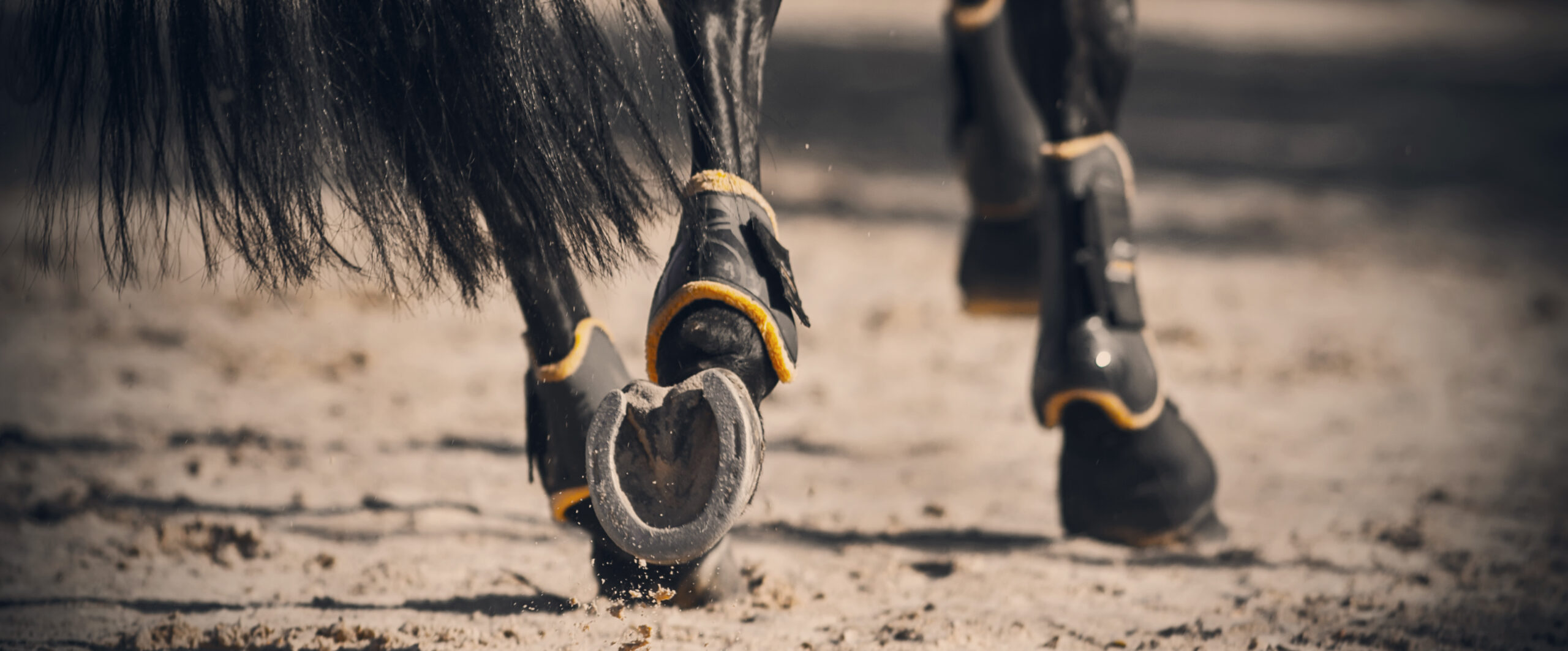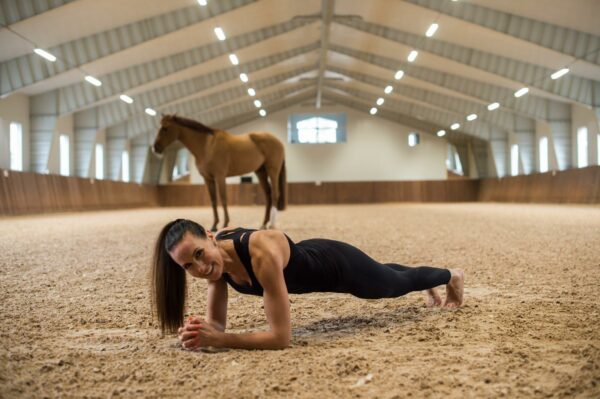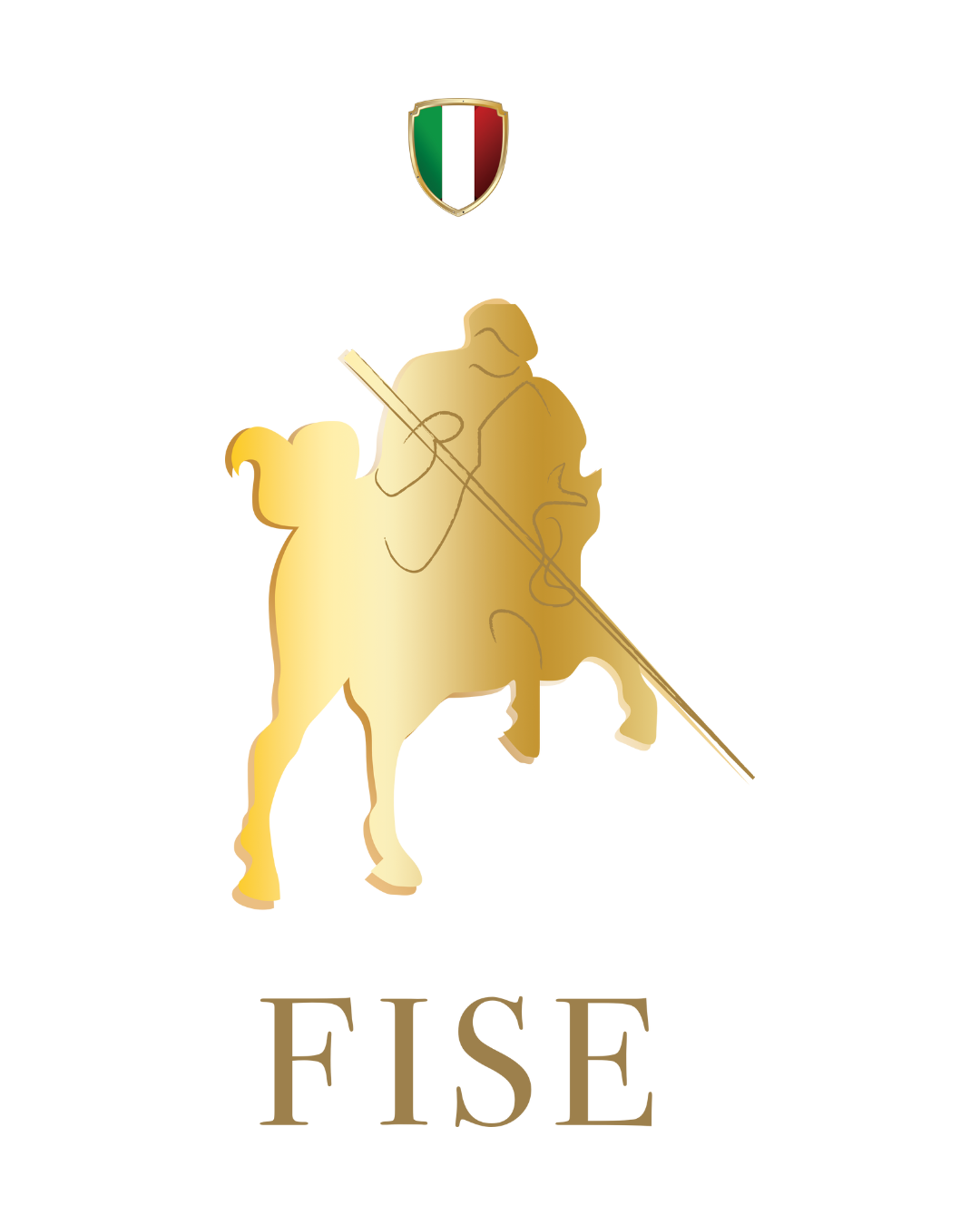
Why changing diagonal in rising trot is important when you change rein

In rising trot, one of the key elements of correct riding is switching your diagonal every time you change rein. Although often overlooked by beginners, this seemingly small action plays a big role in biomechanics, communication, and the overall welfare of the horse.
What is the diagonal in trot?
Trot is a two-beat gait in which the horse moves its legs in diagonal pairs: right front with left hind, then left front with right hind. In rising trot, the rider sits and rises in rhythm with one of these diagonal pairs—this is known as “riding a diagonal.”
Traditionally, riders are taught to rise when the horse’s outside front leg moves forward (known as the “correct diagonal”). This helps the horse maintain better balance, especially on bends and circles.
Why change diagonal when changing rein?
Changing rein means changing direction in the arena. It’s essential to switch your posting diagonal as well, for several reasons:
- Balance and fluidity
Each direction works different muscle groups in the horse. Posting on the correct diagonal helps the horse bend correctly and stay balanced, especially in curved patterns like circles and serpentines. - Preventing asymmetry
Horses and riders alike tend to have a dominant side. Staying on the same diagonal for too long can lead to muscle imbalances and tension. Changing diagonals promotes more even use of the horse’s back and encourages symmetrical muscle development. - Clearer communication
When a rider posts on the correct diagonal, their body rhythm syncs more naturally with the horse, making cues clearer and enhancing overall communication and harmony. - Rider awareness and precision
Being able to identify and switch diagonals improves a rider’s coordination, feel, and technical ability—all fundamental skills at every level of equestrian sport.
How to change diagonal
To change diagonals, the rider usually sits for two beats instead of one, then resumes rising—this time on the opposite diagonal.
To check if you’re on the correct diagonal, look at the horse’s outside shoulder: if it moves forward as you rise, you’re on the correct diagonal. With experience, many riders learn to feel it without needing to look.
Sources
- De Corbigny, E. (2016). Il cavallo: manuale di equitazione. Edizioni Equitare.
- Federazione Italiana Sport Equestri (FISE). Manuale tecnico base.
- U.S. Pony Club Manual of Horsemanship, Level C (Susan Harris, 1994)
- Interview with Valentina Truppa, “The Importance of Details in the Saddle,” Cavalli & Cavalieri Magazine, 2023.
- British Horse Society (BHS) – Official guidelines for beginner riders.
© Rights Reserved.





.png)












